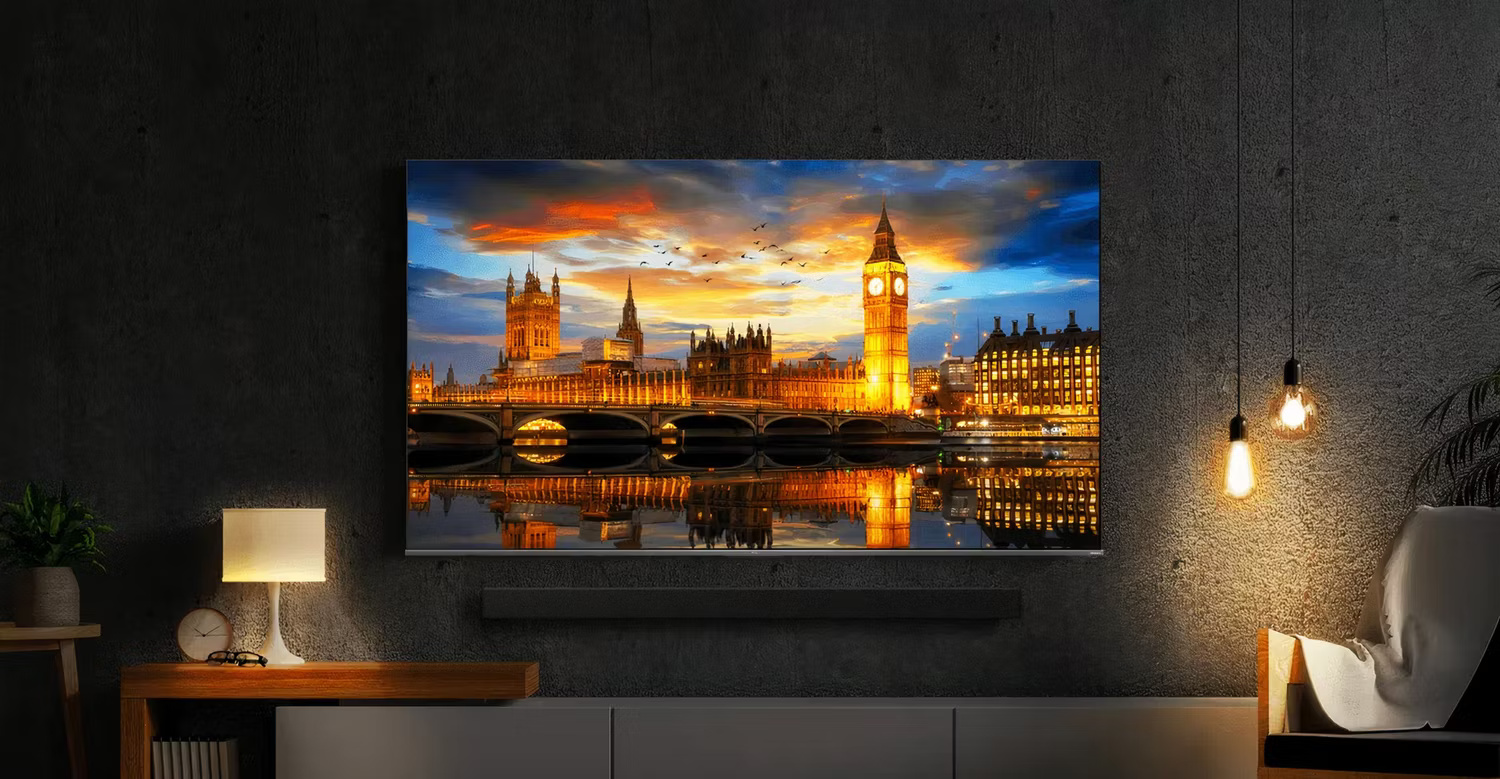4 reasons to buy QLED TV
QLED TV is cheaper than OLED

OLED TV prices have decreased over time, and the best QLED TVs can sometimes cost as much as OLED TVs. However, from experience, QLED TVs come in so many different configurations that it's usually easy to find a cheap option that still gives you a pretty decent viewing experience. For example, Sony's 65-inch OLED TV costs up to $2,000, while LG's 65-inch QLED TV can give you a very similar viewing experience for around $1,000.
Of course, if you want a TV that can produce the best possible picture quality, you'll want to go with OLED. But QLED TVs still win if you're looking for a model that can balance features, performance, and affordability.
There are more choices
OLED has significantly expanded its product range in recent years with more sizes and designs, but the choice is still far behind that of QLED. Although QLED technology has not been around for too long, it has quickly attracted attention and been widely adopted by many manufacturers.
Whether buying in-store or online, you'll find many QLED models available in more sizes, brands, and price points than OLED. This variety means it will be easier for you to find a TV that suits your living room and viewing needs if you choose QLED.
QLED TV is very bright

Although OLED TVs have better contrast, making images less blurry in dark areas of the screen, QLED is rated higher for brightness. QLED TVs use backlighting to create brightness, instead of using pixels to create light. These LED backlights produce an incredibly bright picture, which is great if you want to place your TV in a bright room or watch a lot of daytime TV.
In contrast, OLED TVs rely on light-emitting pixels to produce brightness. Therefore, even the best quality OLEDs cannot keep up with QLEDs in terms of maximum brightness level. This usually isn't an issue if you watch TV at night or in a dark room, but you'll definitely want to consider this factor based on the viewing conditions in your home.
Less image retention on the screen
Image burn-in is a visible mark created on the screen when a still image is displayed for a long period of time. This phenomenon occurs most often with channel logos. While all TVs are susceptible to screen burn-in, OLEDs are especially susceptible to this phenomenon. However, if you only watch TV a few hours a day, this shouldn't be a concern.
But if you think you and your family members might mix streaming content or gaming for the majority of the day, you're better off investing in a QLED TV with burn-in protection better screen.
 Things you can do with Apple Pencil
Things you can do with Apple Pencil 7 best forums and sites to learn security news
7 best forums and sites to learn security news Why should you store passwords in Bitwarden?
Why should you store passwords in Bitwarden? Apple launches Distraction Control: Integrated content blocking tool for Safari
Apple launches Distraction Control: Integrated content blocking tool for Safari 4 features turn Spotify into a new social networking platform
4 features turn Spotify into a new social networking platform The App Store was tricked into approving malicious apps
The App Store was tricked into approving malicious apps